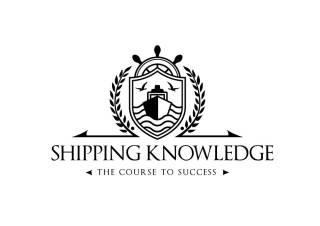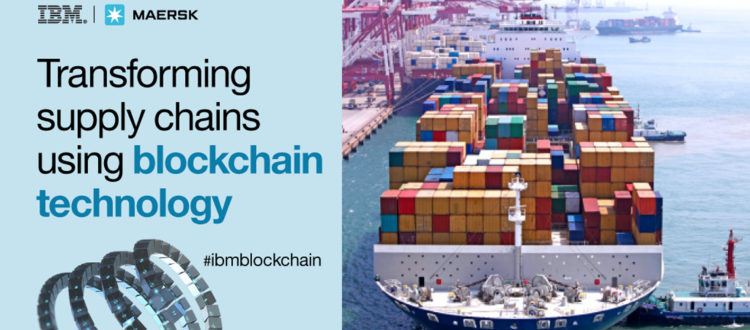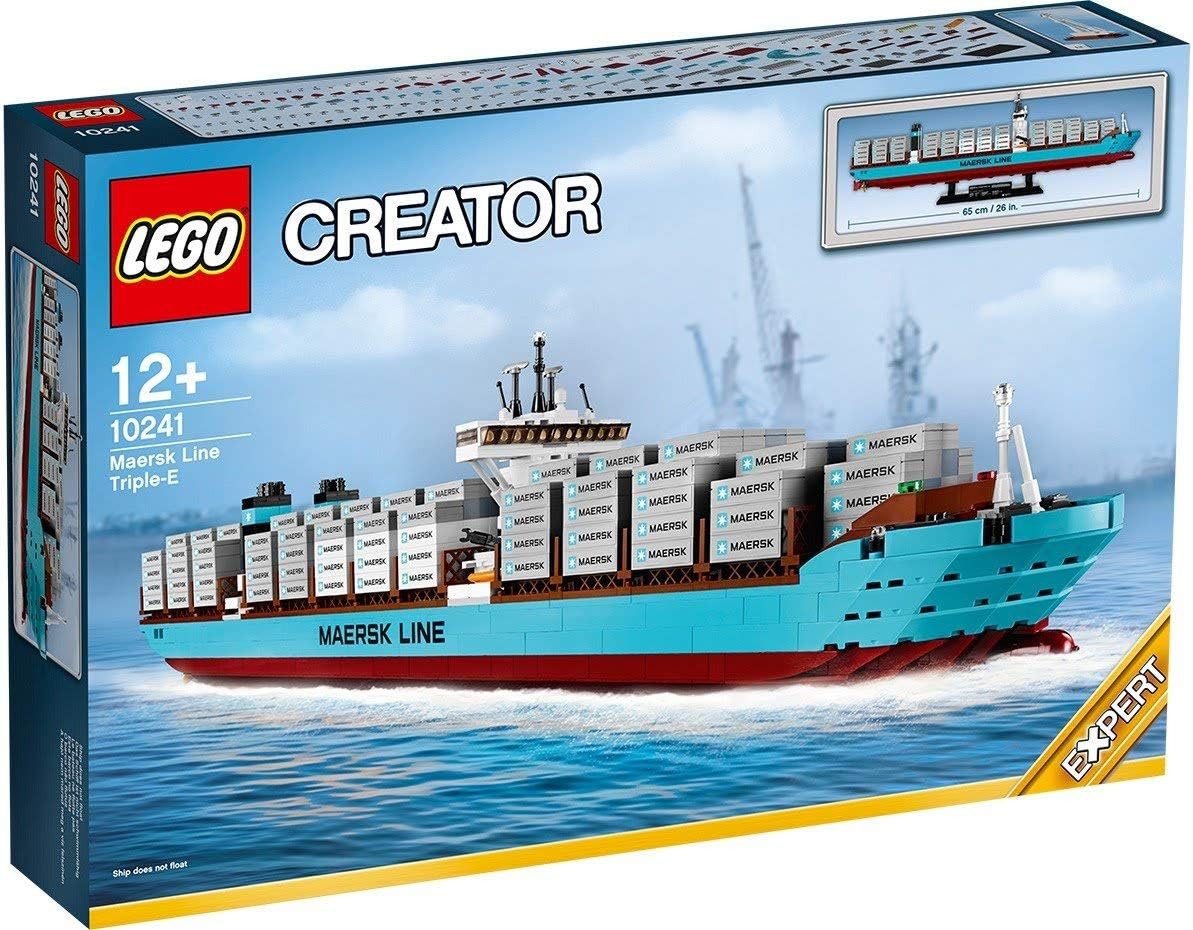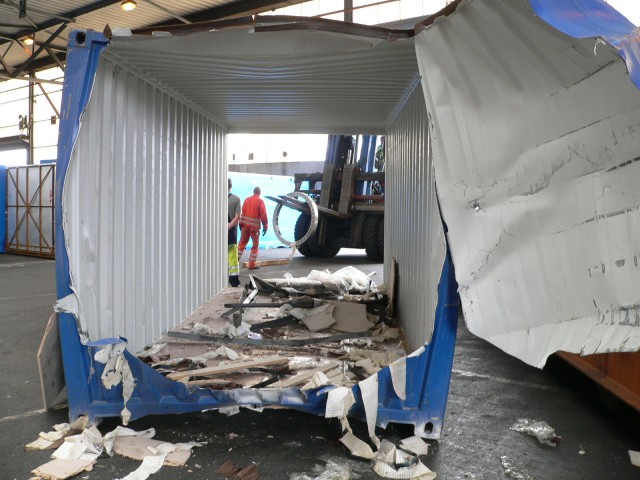Blockchain’s role in container shipping
CONTAINERS MOVE AROUND THE WORLD ON MULTIPLE MODES OF TRANSPORT. USING BLOCKCHAIN TO TRACK THESE CONTAINERS COULD STREAMLINE PROCESSES, INCLUDING BORDER CROSSINGS, AND PROVIDE MORE VISIBILITY.
Though globalization has spurred the constant growth of cross-border trade, the processes behind freight transportation have primarily remained the same for nearly half a century. In the middle of the affairs is the extensive paperwork and red tape that needs to be generated to ship cross-border freight.
Quite recently, the industry looks to be receiving the much-needed shot in the arm it needs in the form of technology including digital marketplaces, smart maintenance software, and automation systems. The newest entry to the mix is blockchain. It is a decentralized form of a digital ledger that can improve security, stop illegal smuggling, and more importantly, reduce transit times currently bogged down by bureaucracy.
Ninety percent of all goods that cross borders every year are carried through ocean shipping at some point. The procedures involved in such supply chains are quite similar to the ones inland, with some added complexity.
The players associated with moving freight cross-border are often multi-modal and far too many – shippers, freight forwarders, brokers, truck fleets, ocean vessel companies, customs officials, and even governments – which increases the occurrences of discrepancies due to manual intervention.
Thus blockchain in its capacity as a distributed ledger has the potential to make every player toe the line, with the technology establishing transparency among the key players.
IBM and Maersk are working together to create a new blockchain related solution to this situation built over the Hyperledger Fabric platform. The solution, they believe, could vastly reduce the complications involved and also expedite the transit process. This approach tries enveloping the complete transaction by placing all the documents and paperwork involved in a trade deal into a single template-based workflow.
Every step along the way is monitored and tracked, with details on where and when documents were submitted being recorded. The blockchain feature makes sure that no party involved in the transaction can singularly modify or delete any document without the express approval of the rest. This is of vital importance since it prevents freight fraud and illegal smuggling of contraband.
The pilot test to changing global cross-border supply chain has already been underway. Maersk had freight belonging to Schneider Electric shipped from the Port of Rotterdam to the Port of Newark in New Jersey, using blockchain as a part of an EU research project.
“As a global integrator of container logistics with the ambition to digitalize global trade, we are excited about this cooperation and its potential to bring substantial efficiency and productivity gains to global supply chains, while decreasing fraud and increasing security,” said Ibrahim Gokcen, chief digital officer at Maersk.
Though envisioning a form of absolute transparency would be out of the reckoning, blockchain could help us get close. Apart from holding the invested parties accountable, it also helps shut down bribes at border clearance inspections and unnecessary freight withholding. Since the system regulates workflows and creates transparency, such practices would slowly phase out.
The shipping industry needs committed players like Maersk to bring blockchain into wider prominence. Maersk has gone on record saying it plans to move and track 10 million of its 70 million container shipmentsthrough blockchain by the end of this year.
For a technologically struggling industry, blockchain could provide a new lease of life. But for the system to succeed, it requires unflinching support from all the parties involved in the shipping trade. The Blockchain in Transport Alliance (BiTA) is bringing together companies across the transportation landscape to discuss standards and collaboration on the technology. The process might take a while since it involves revamping legacy financial infrastructures that the market is currently used to working with. But then, change is inevitable and the days to a more widespread use of ‘permissioned’ blockchain is indeed approaching.
Source: https://www.freightwaves.com/news/border-crossings-and-blockchain
Image: https://media.licdn.com/mpr/mpr/AAEAAQAAAAAAAAudAAAAJDU2YWQ2MzZkLTAzMGUtNGVkOS1hNjdhLWQ0MTVmMjU0MTU2OA.jpg





